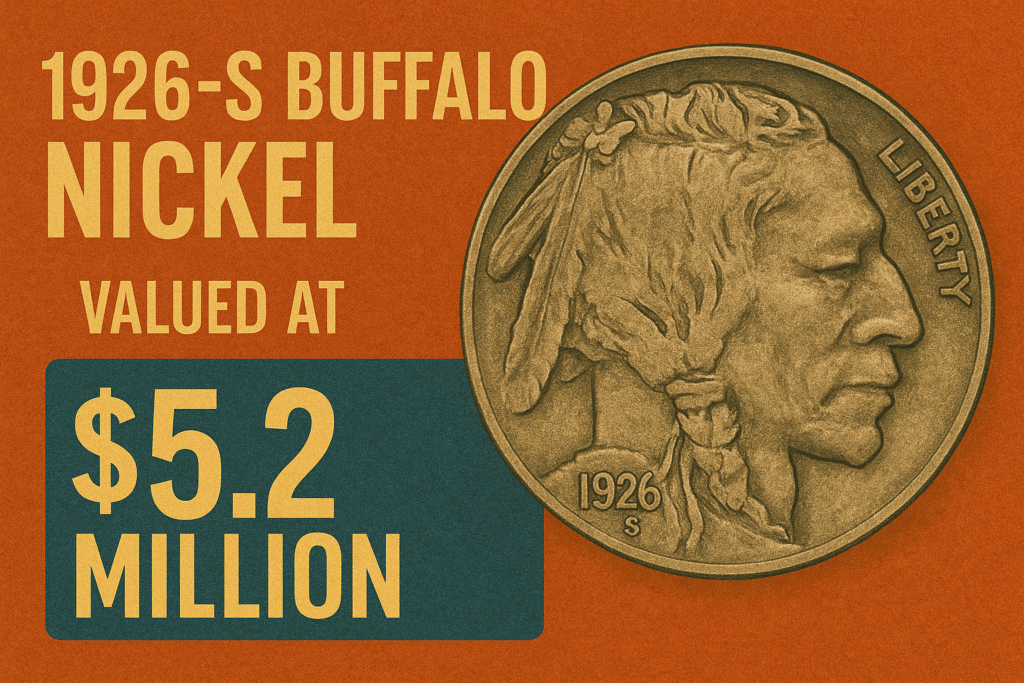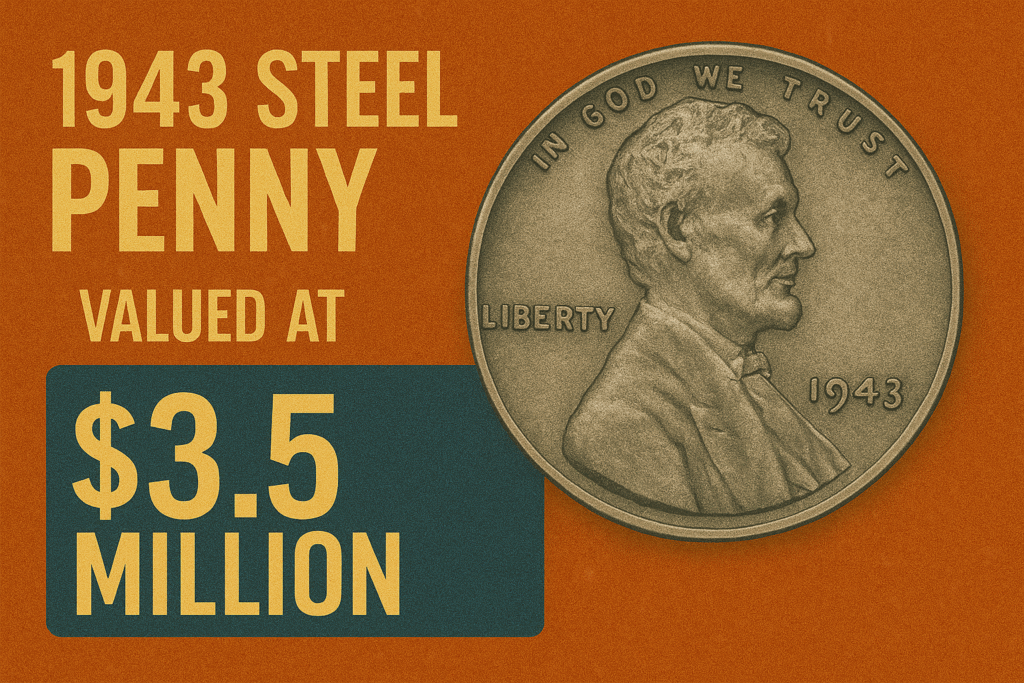The Jefferson Nickel, first minted in 1938, is one of America’s longest-running coin series. However, not all Jefferson Nickels are created equal. During World War II, a unique version of this coin was produced that has since become one of the most valuable and sought-after coins among collectors. This article explores how the war-era Jefferson Nickel became so valuable and why it continues to captivate numismatists today.
The Birth of the War-Era Jefferson Nickel
During World War II, the United States needed nickel for military purposes, particularly for armor plating. To conserve this critical metal, the U.S. Mint altered the composition of the Jefferson Nickel. From 1942 to 1945, the coin’s composition changed from 75% copper and 25% nickel to 56% copper, 35% silver, and 9% manganese. These coins are known as “War Nickels.”
Identifying a War-Era Jefferson Nickel
War-Era Jefferson Nickels have a distinctive look and can be identified by a large mint mark (P, D, or S) above the Monticello on the reverse side. This change was introduced to help differentiate the wartime composition from standard nickels.
| Year | Mint Mark | Composition |
|---|---|---|
| 1942-1945 | P, D, S | 56% Copper, 35% Silver, 9% Manganese |
Why Are War Nickels Valuable?
- Silver Content: Since these coins contain 35% silver, they hold intrinsic metal value, especially during periods of high silver prices.
- Historical Significance: As a product of wartime necessity, they represent a unique chapter in U.S. history.
- Low Mintage: The altered composition was temporary, resulting in fewer coins produced compared to regular Jefferson Nickels.
Tips for Collectors
- Check the mint mark: Only coins from 1942 to 1945 with the large mint mark above Monticello are genuine War Nickels.
- Examine the condition: Coins in uncirculated or higher grades fetch a premium.
- Look for errors: Some War Nickels have die variations that increase their value.
Conclusion
War-Era Jefferson Nickels stand as a fascinating relic from World War II, combining historical value with monetary worth. Whether you’re a seasoned collector or a curious beginner, these coins offer a tangible connection to America’s past and an exciting addition to any collection.
FAQ’s
Why were Jefferson Nickels changed during WWII?
To conserve nickel for military use, the U.S. Mint replaced it with silver and manganese.
How can I identify a War Nickel?
Look for a large mint mark (P, D, or S) above Monticello on the reverse side.
Are War Nickels still in circulation?
Occasionally, but they are mostly held by collectors due to their silver content.
What is the value of a War Nickel today?
Depending on condition, they range from $1 to over $100, with uncirculated versions being the most valuable.
What makes some War Nickels more valuable than others?
Factors include condition, rarity, and any errors or unique features.


